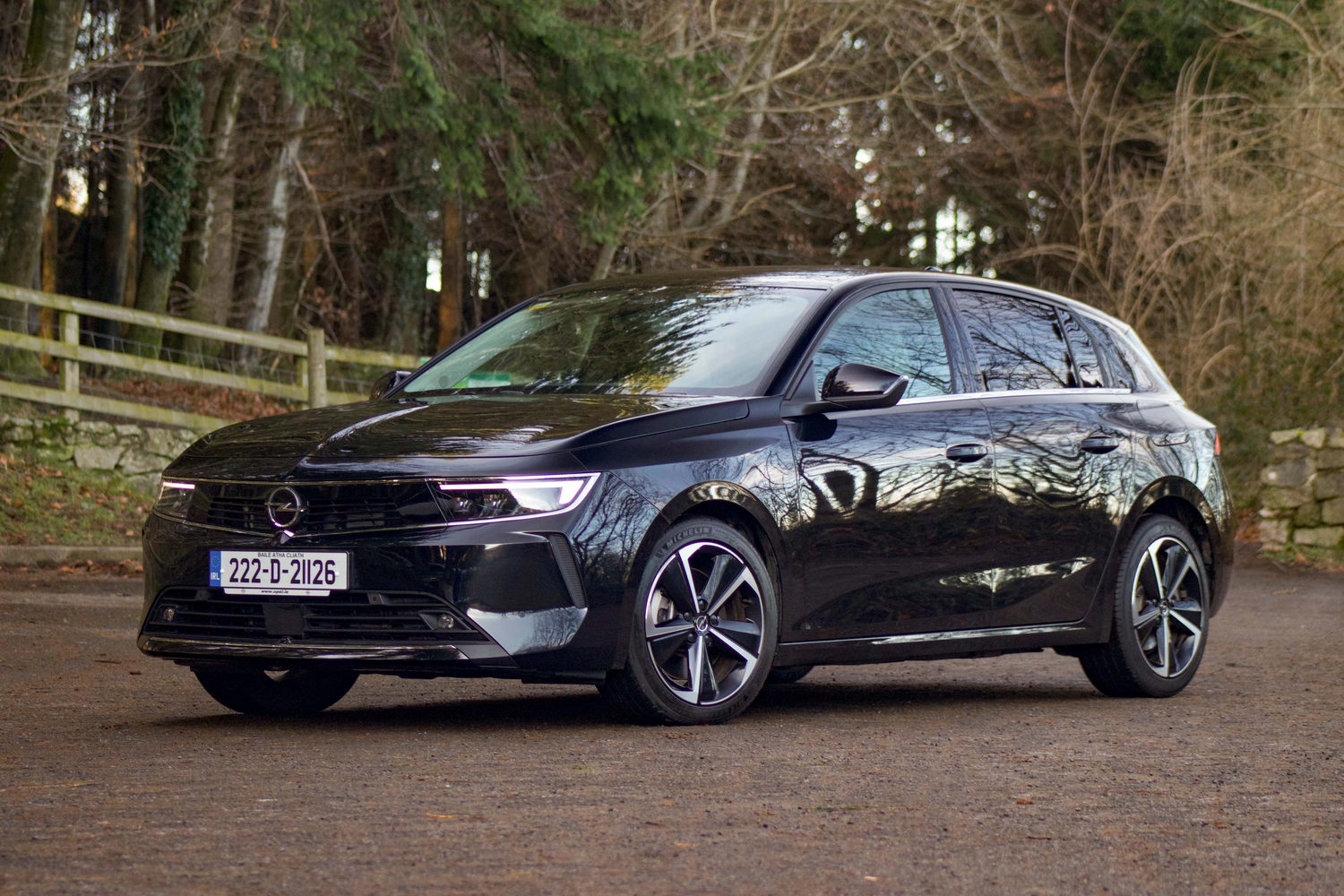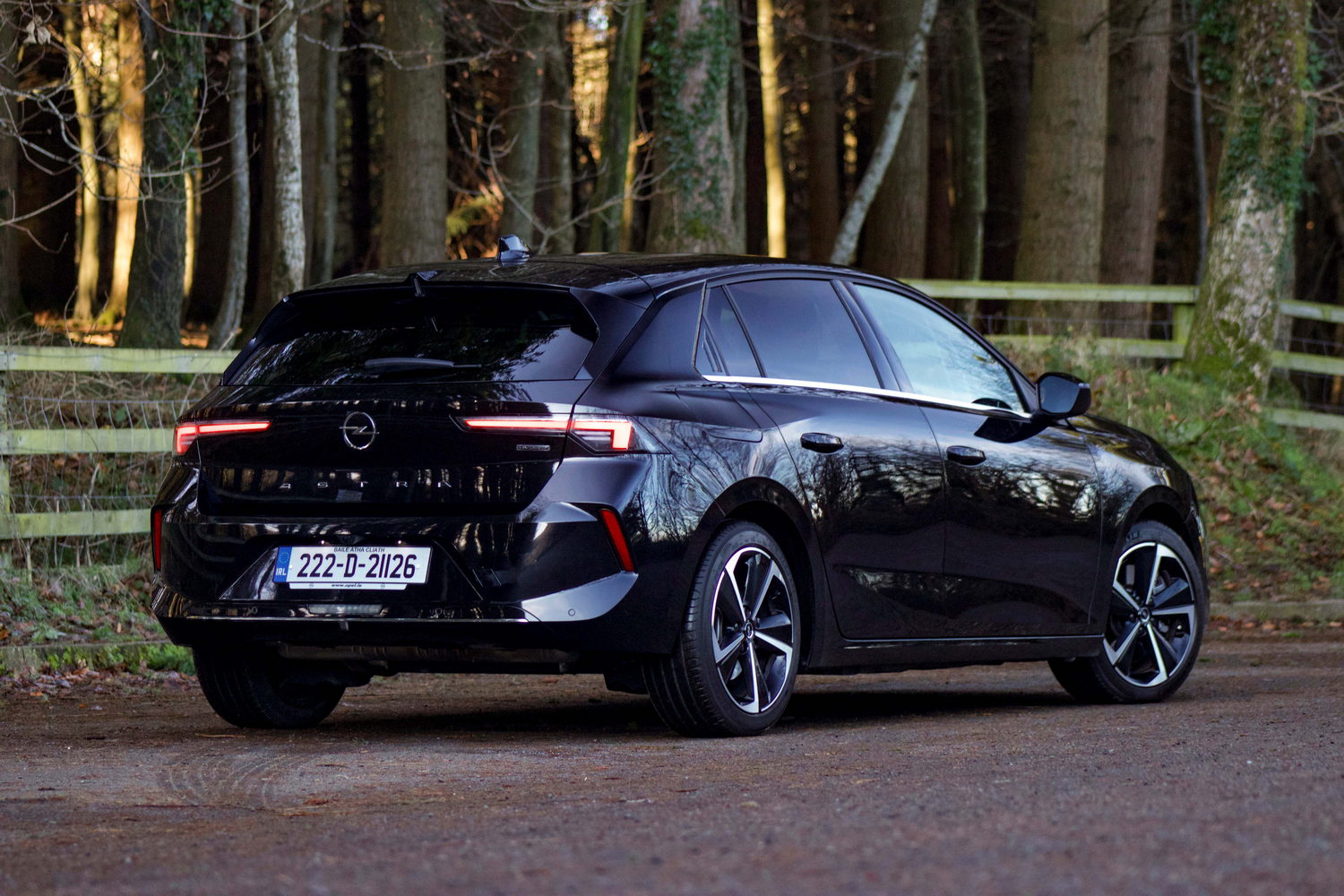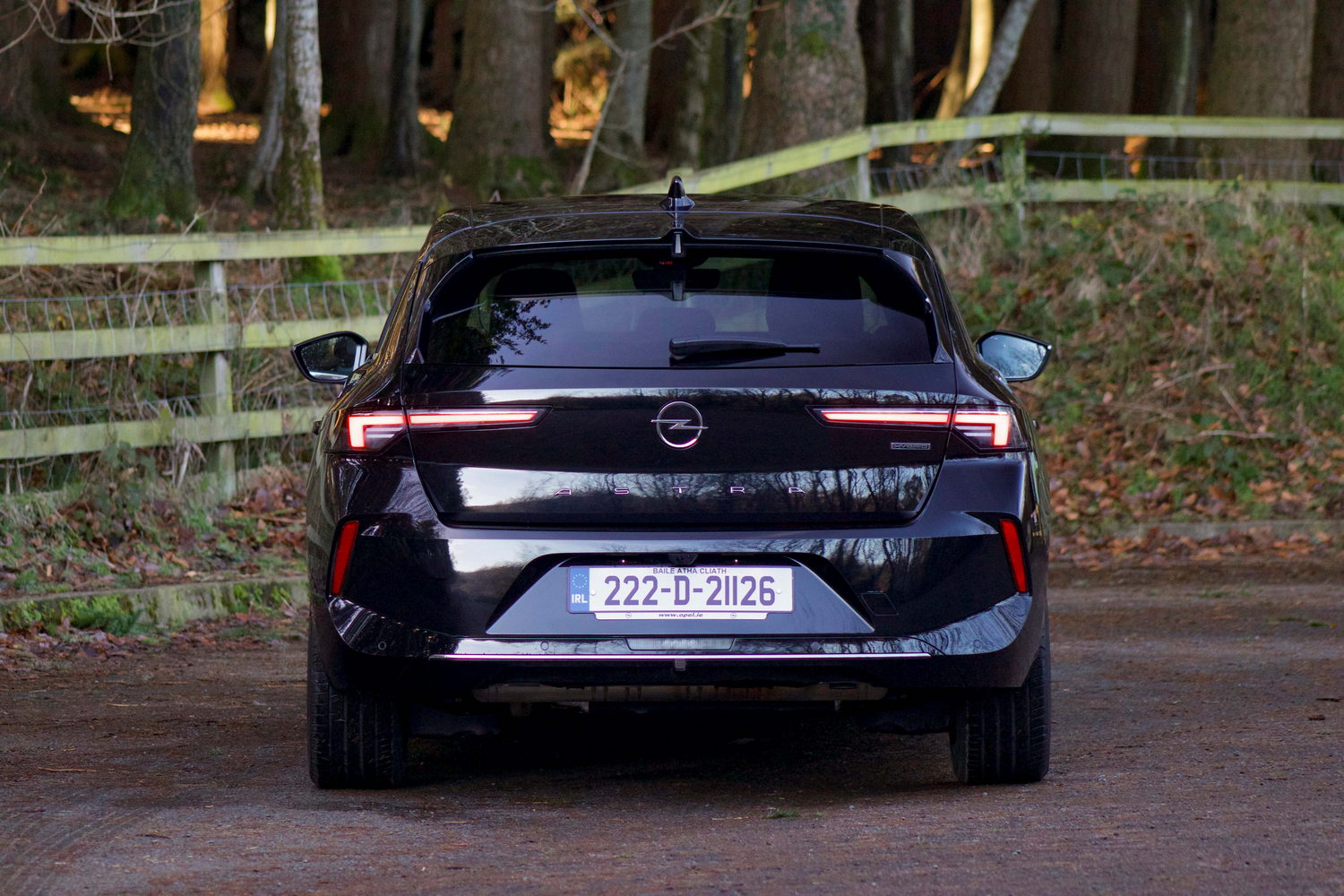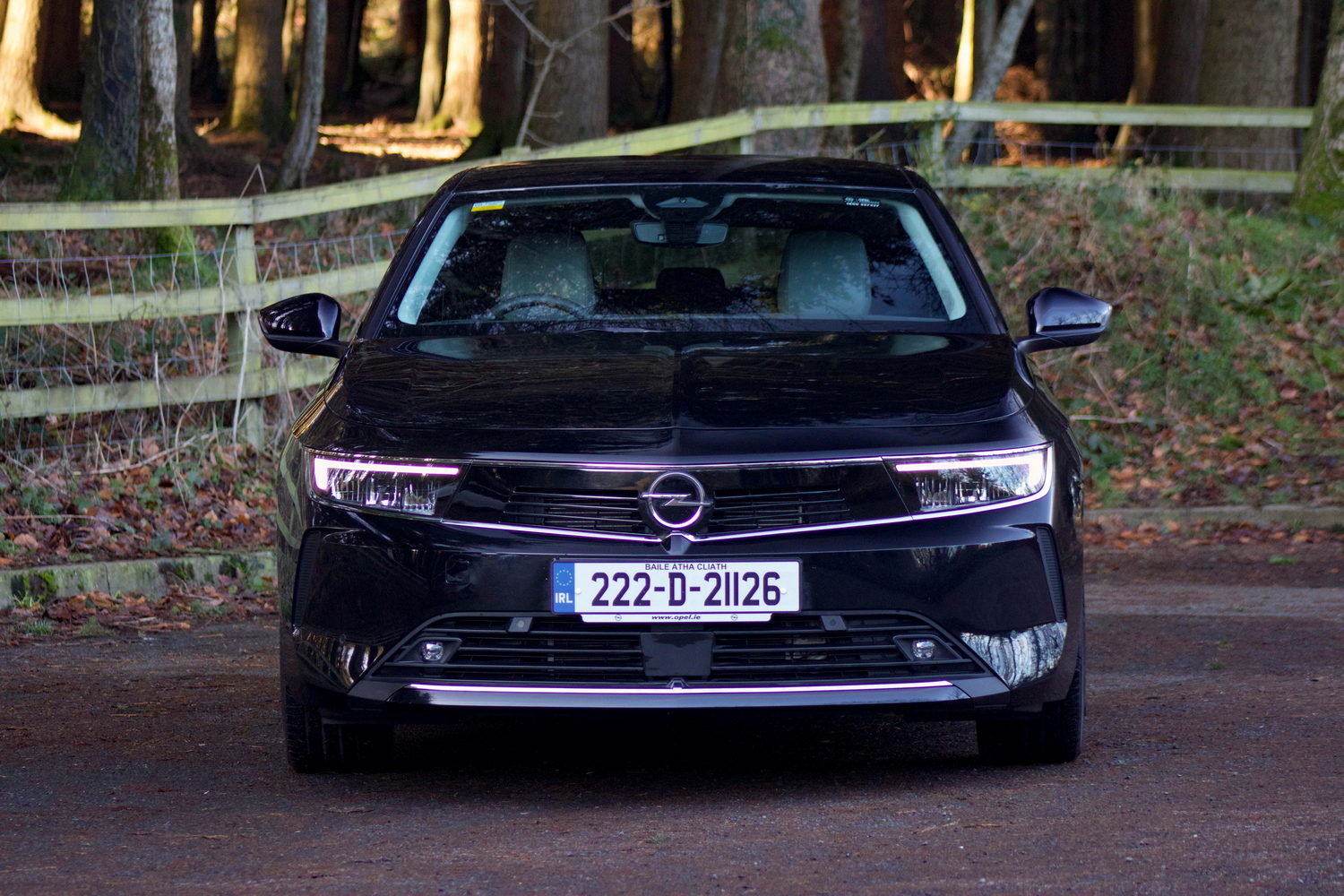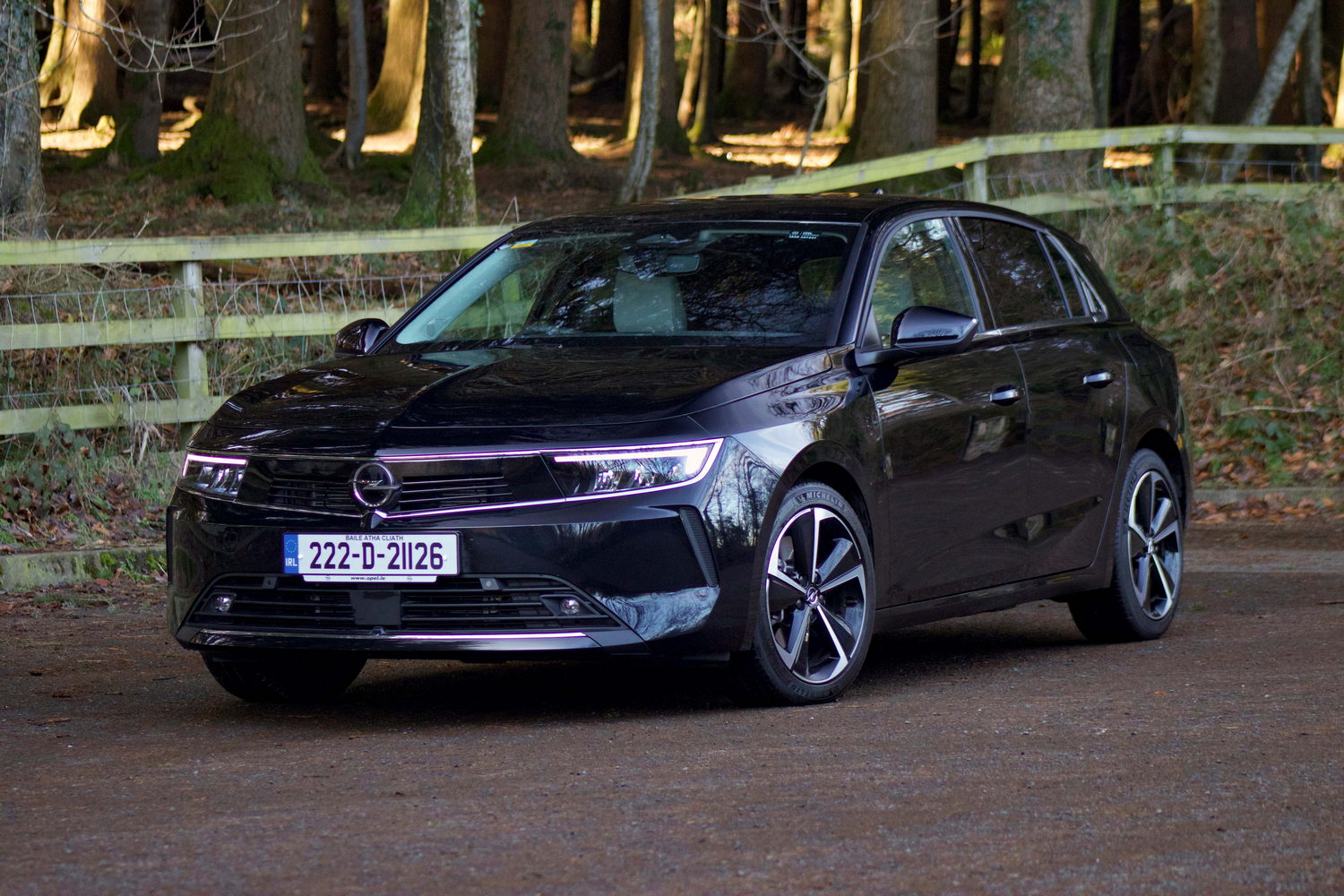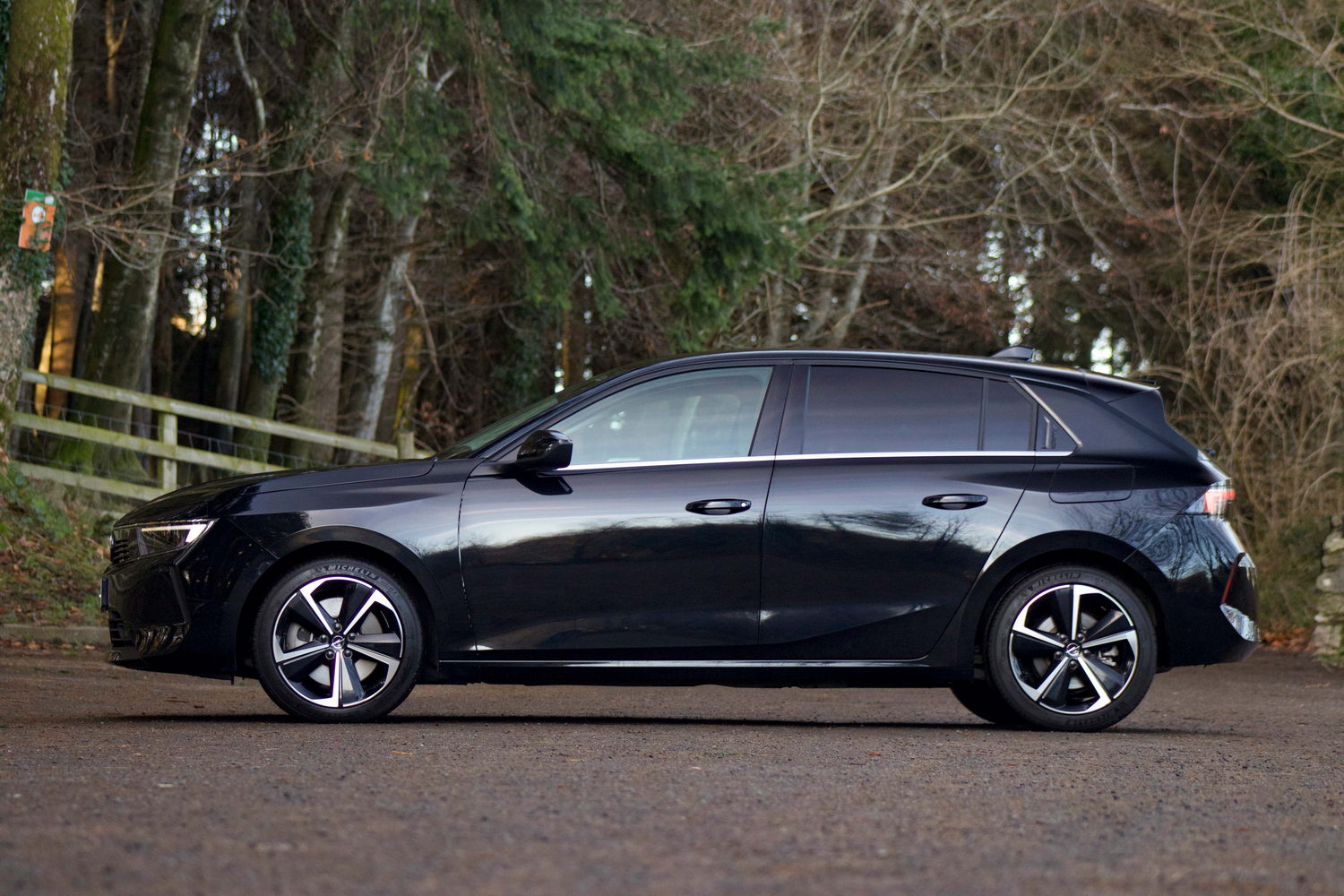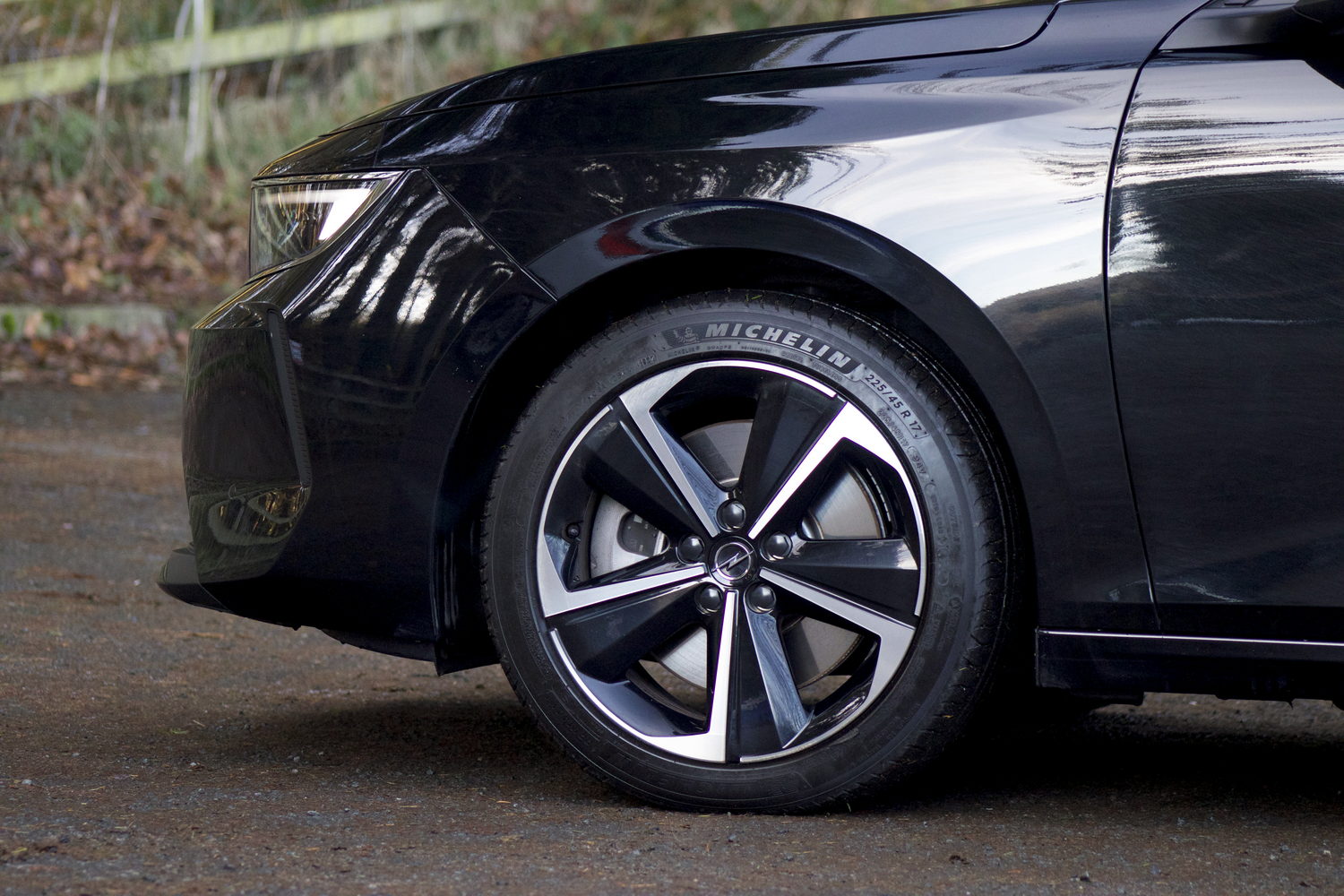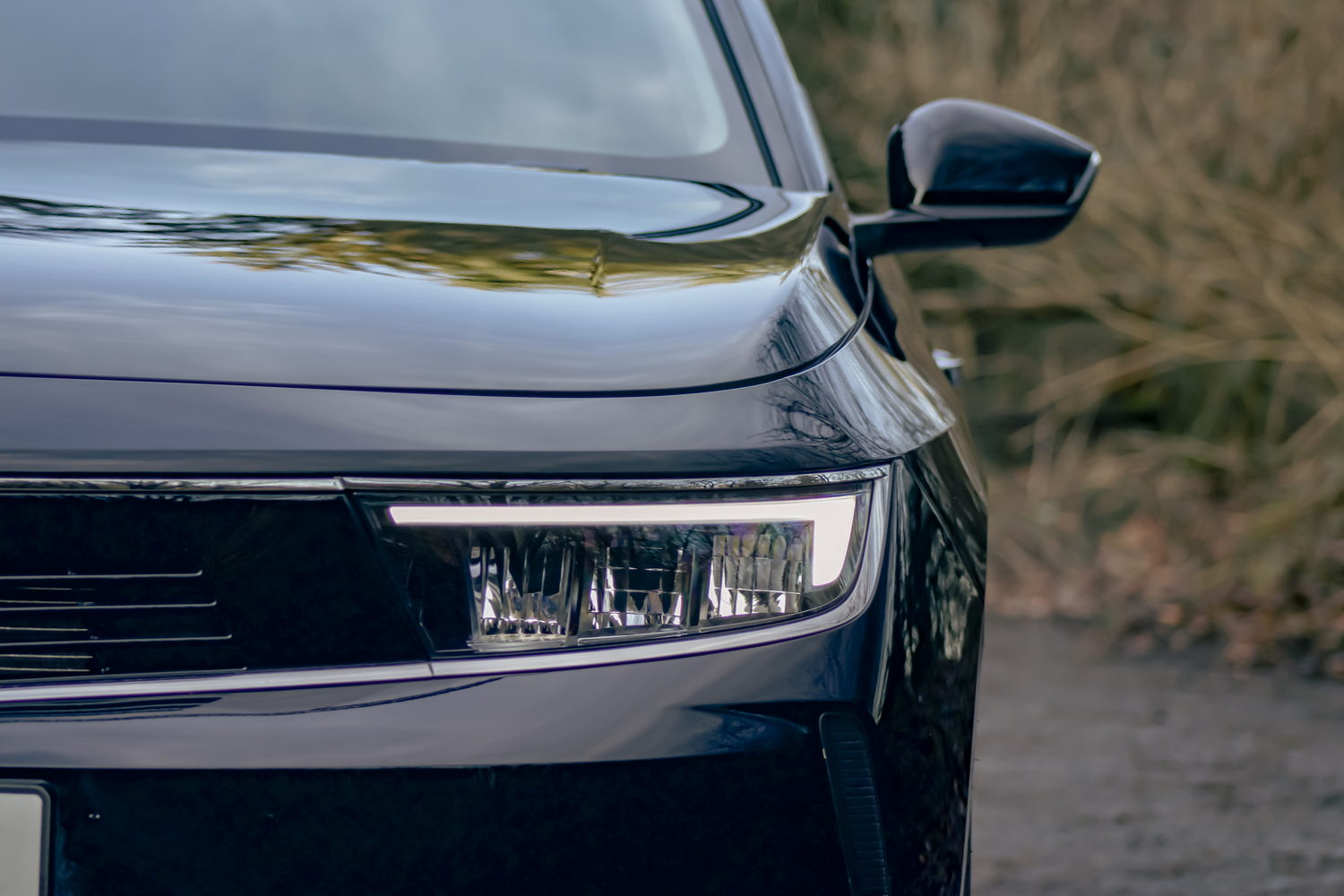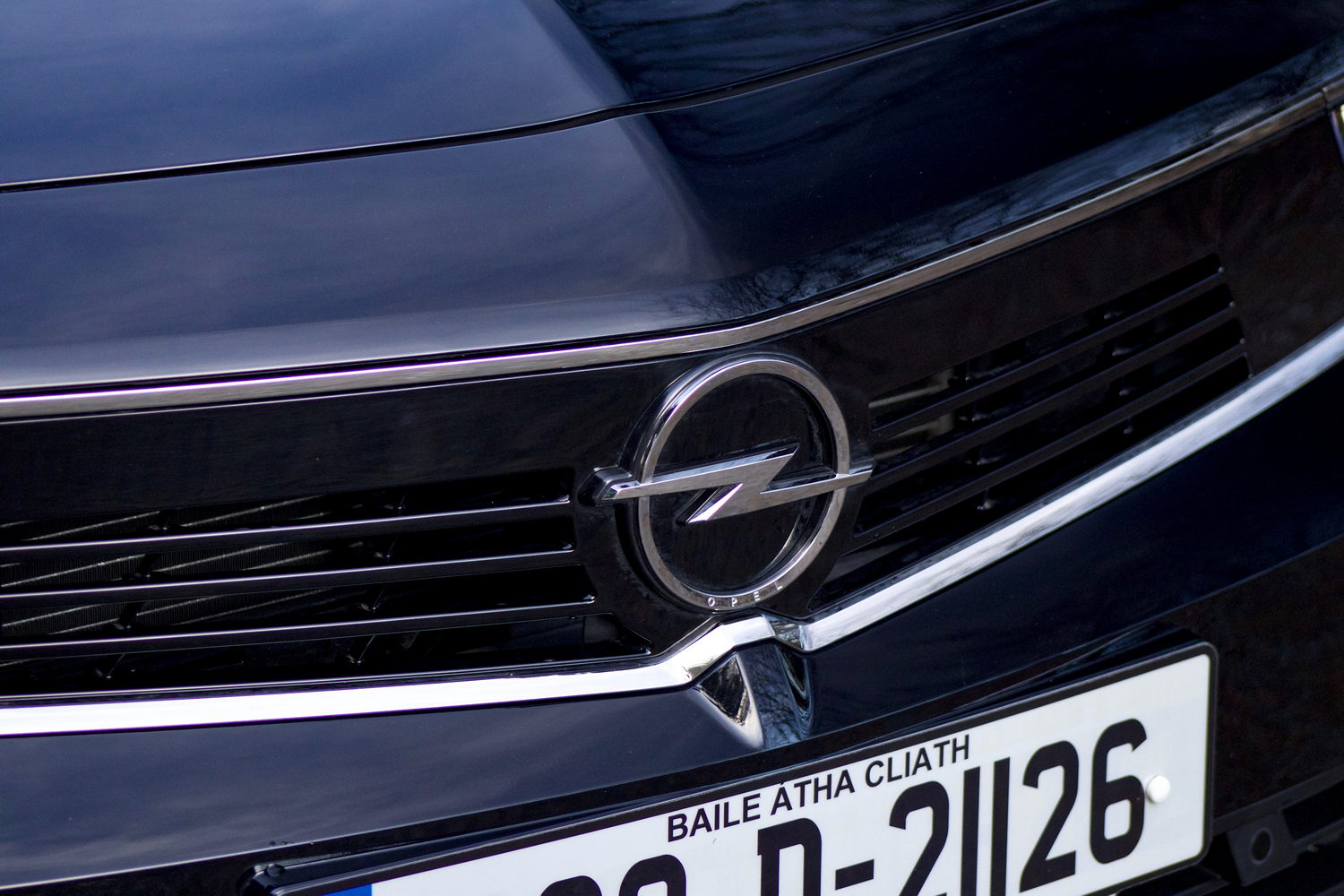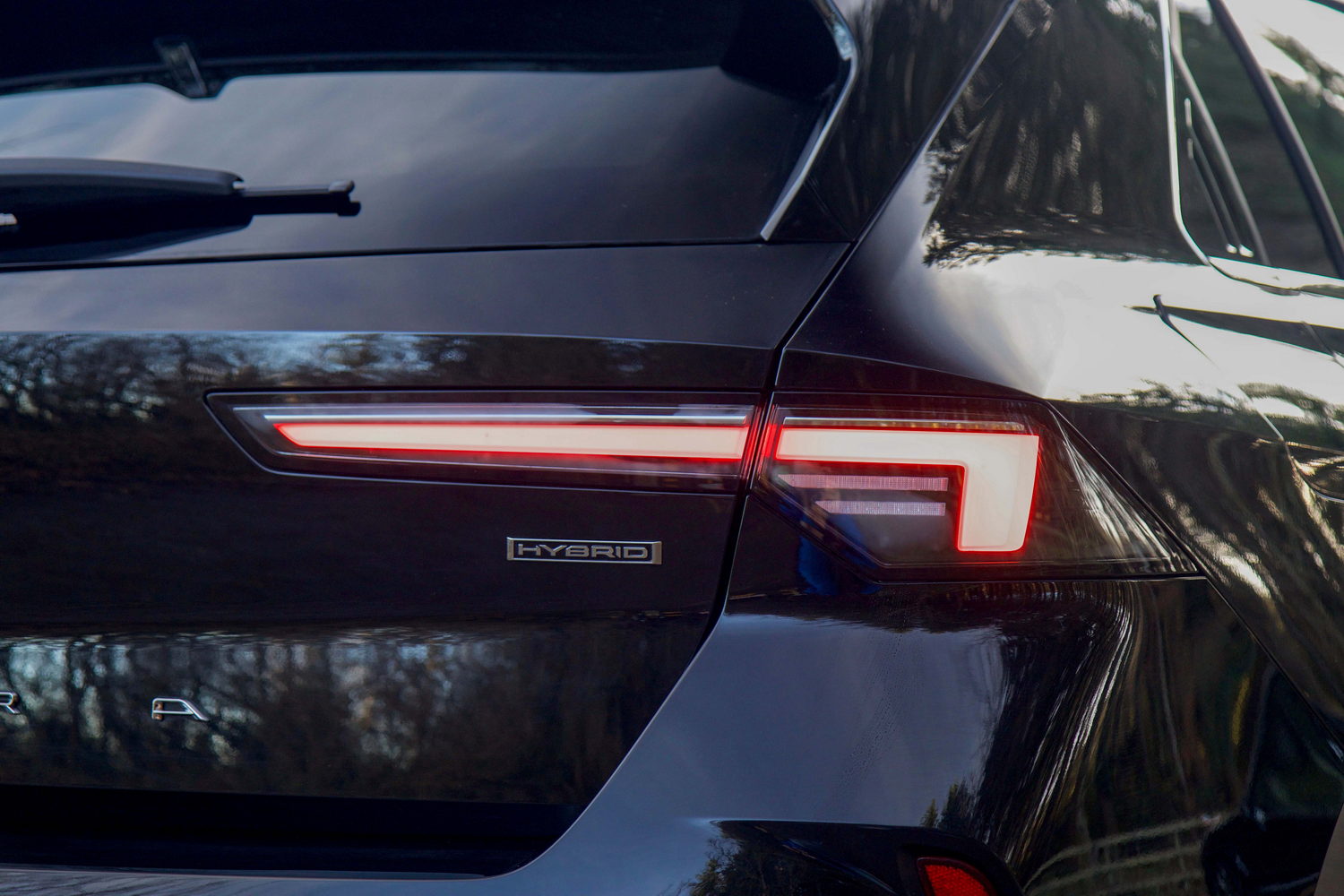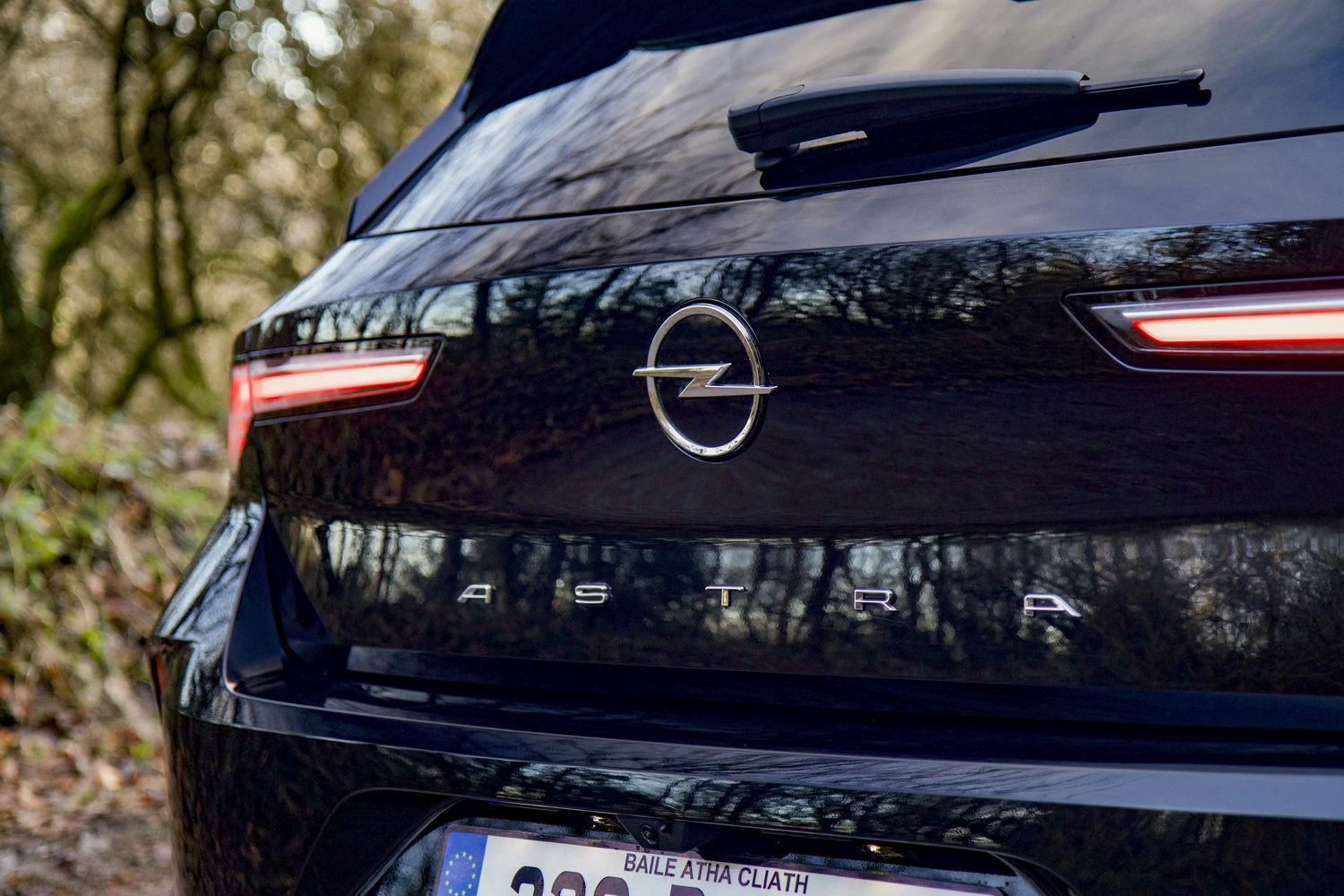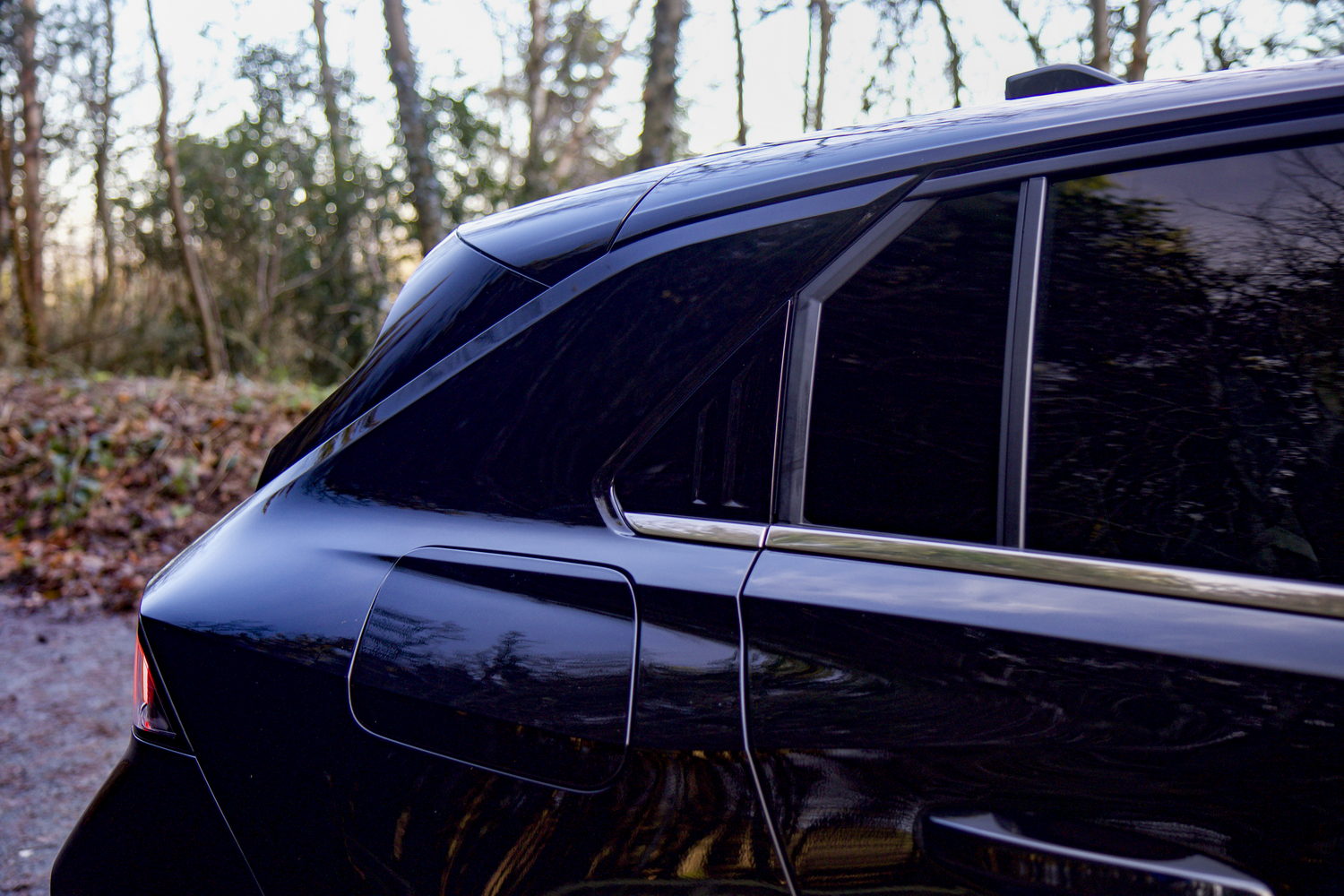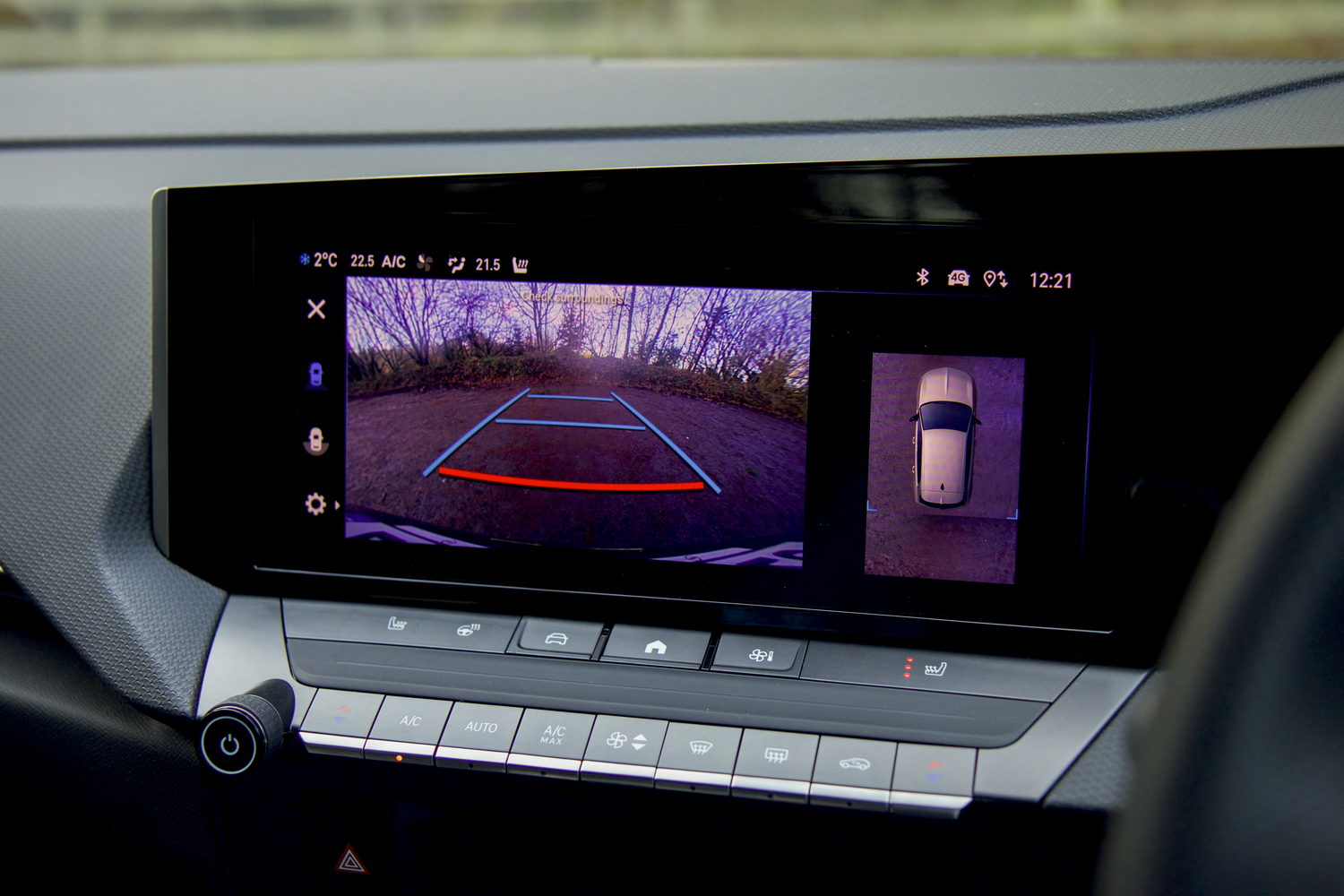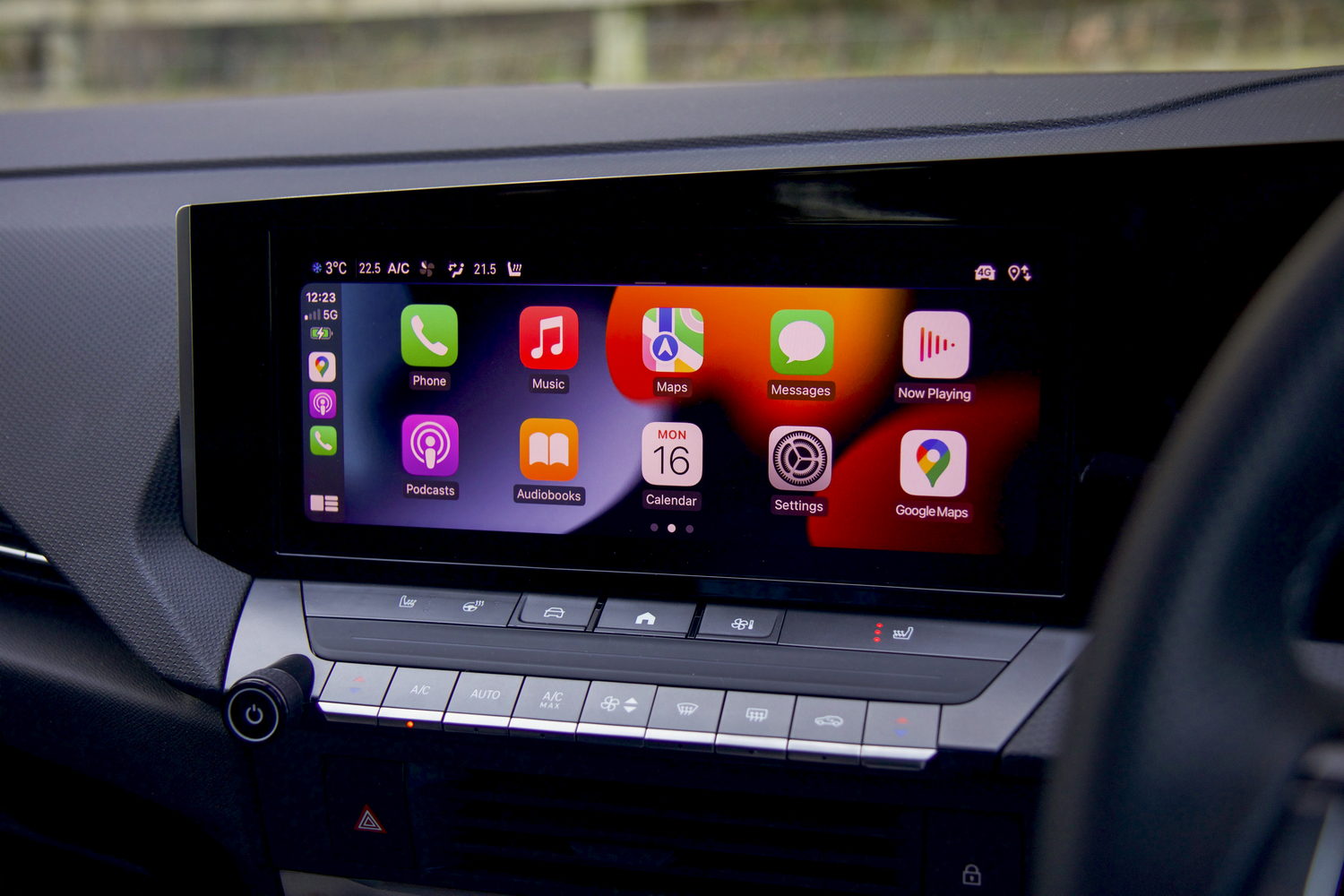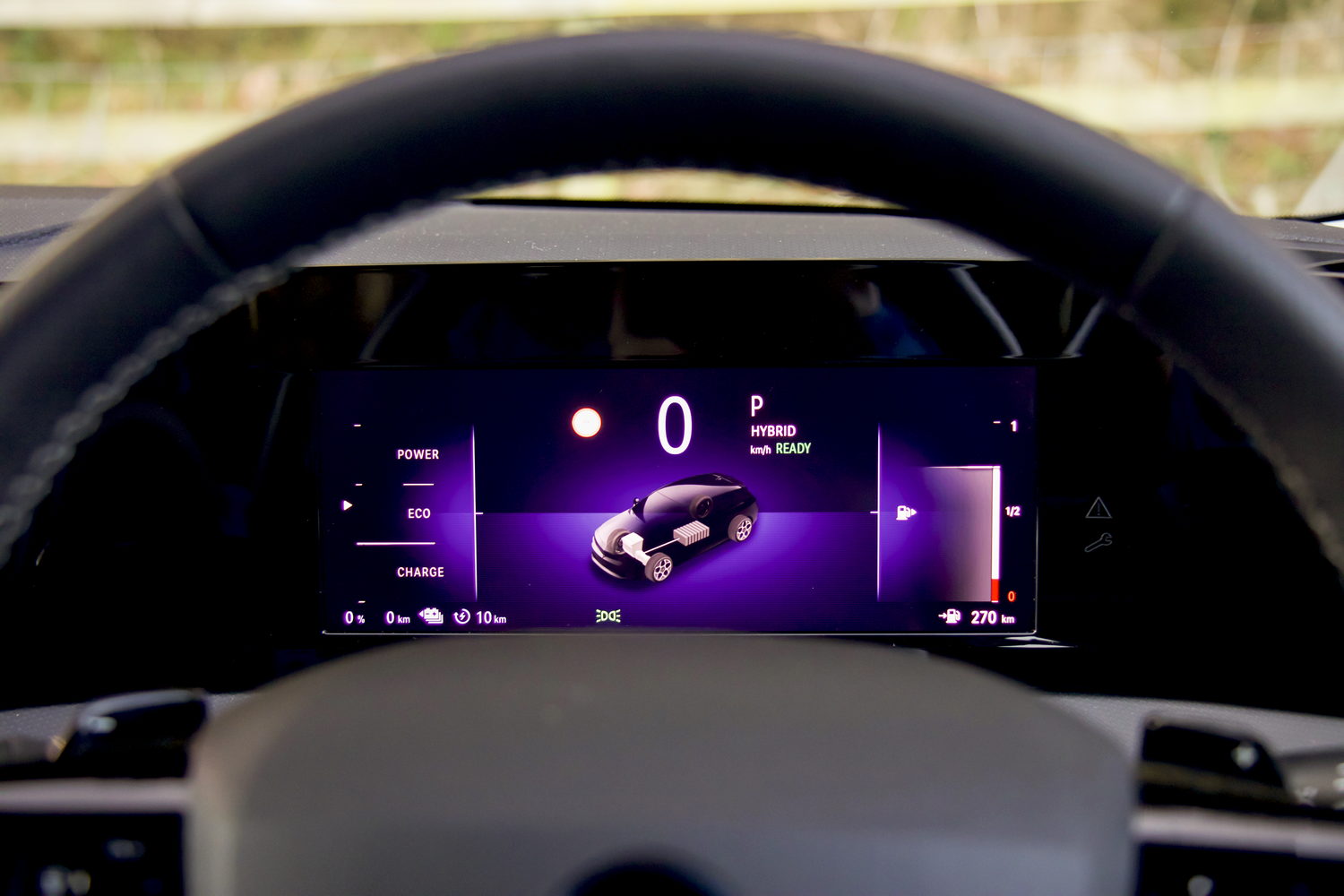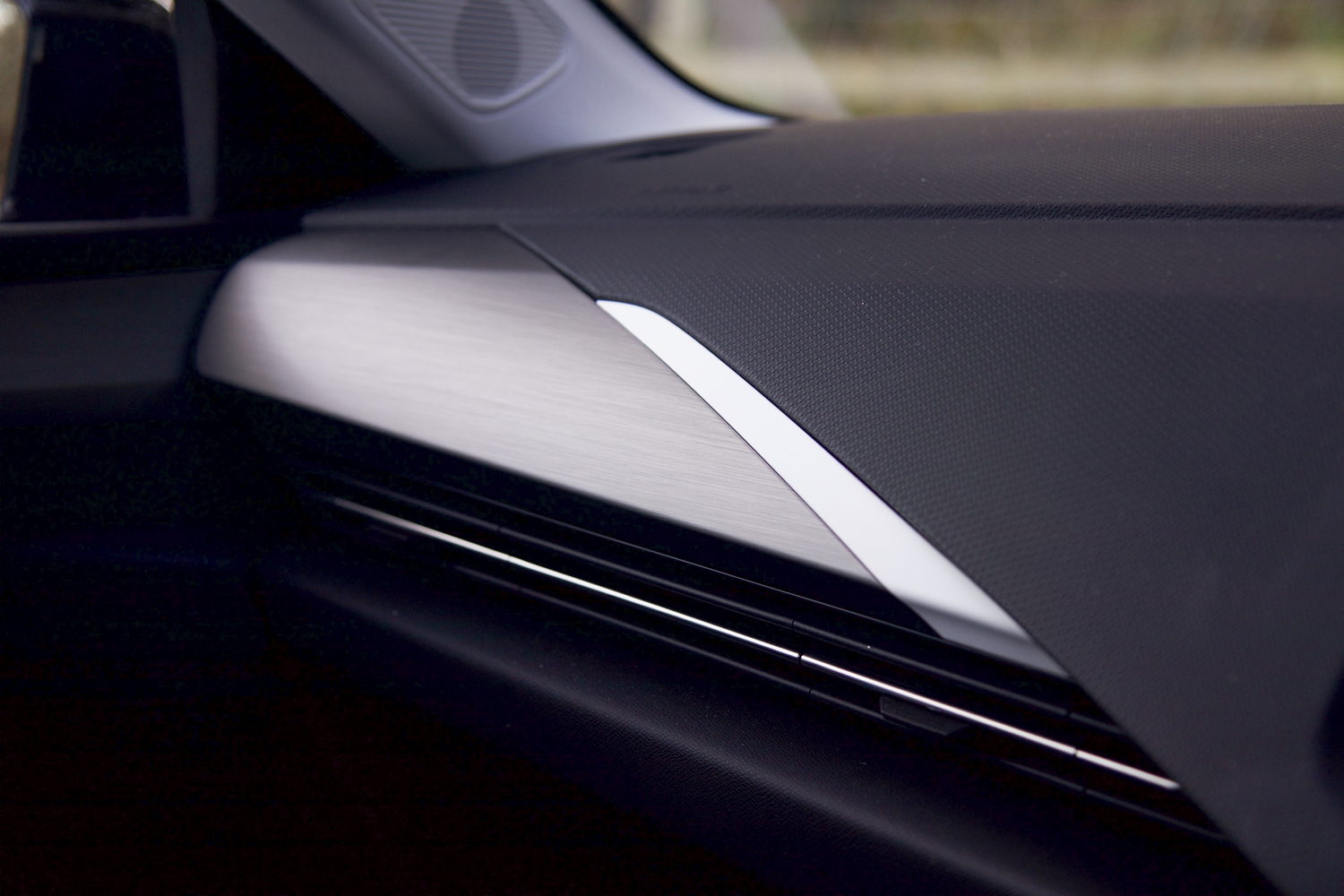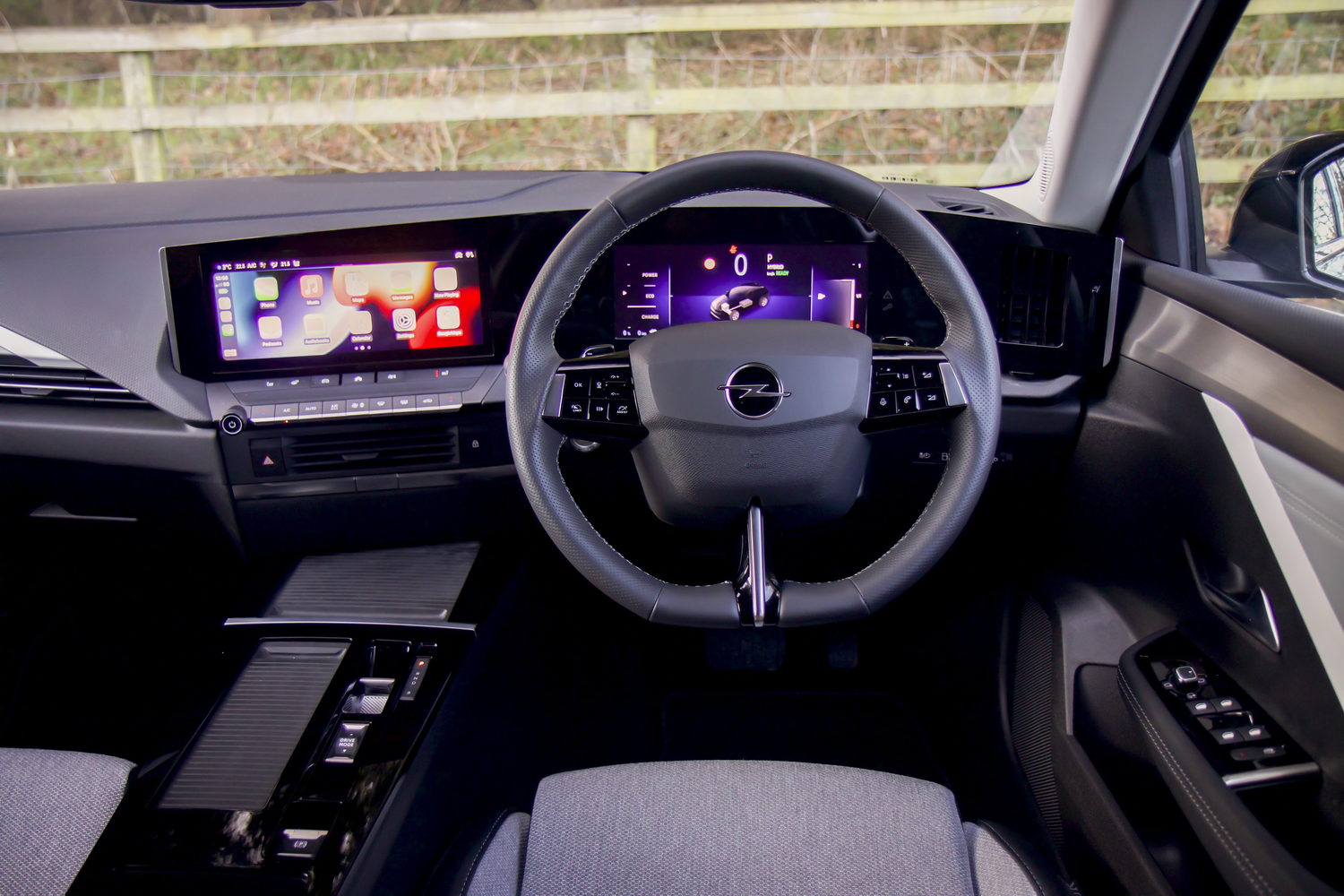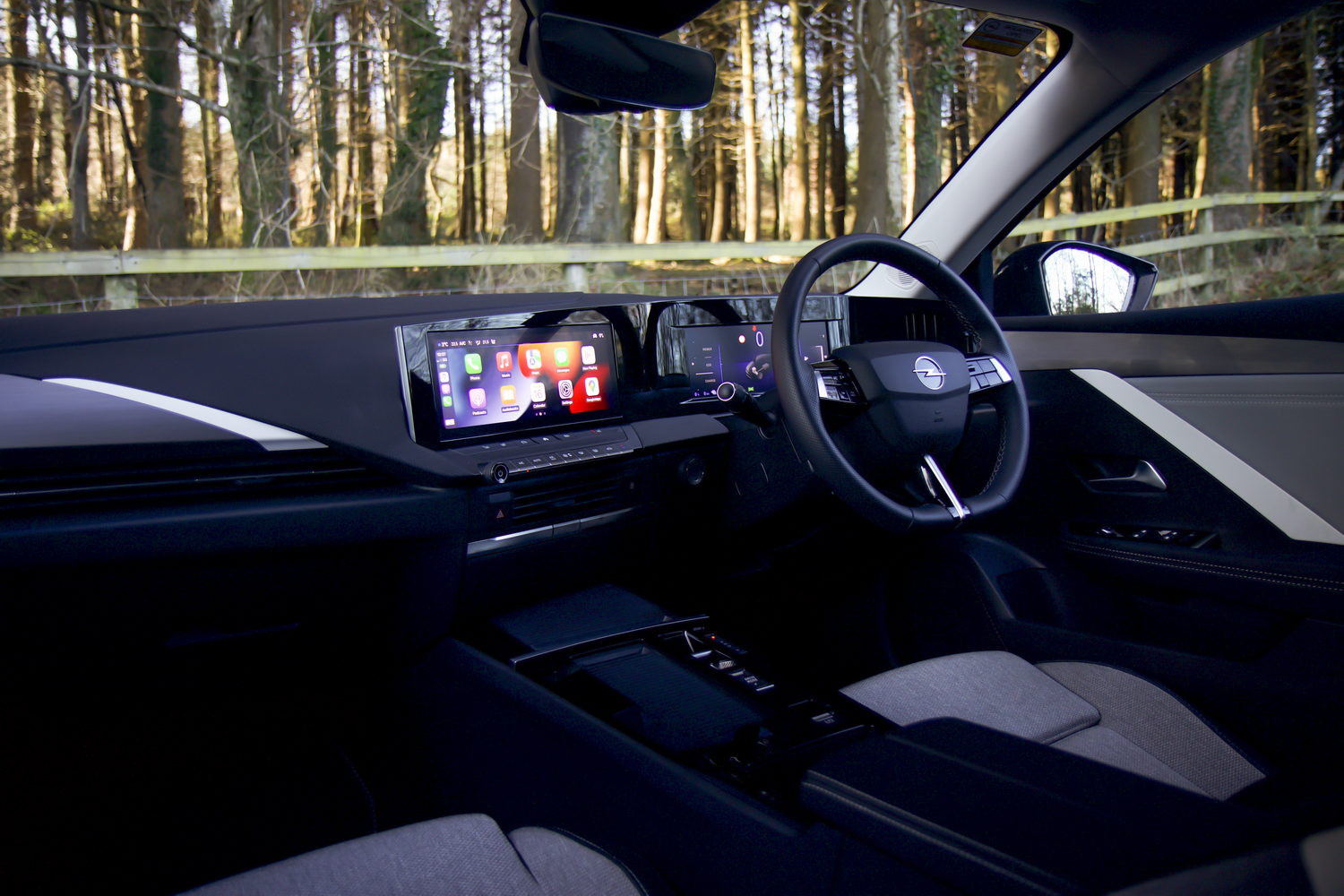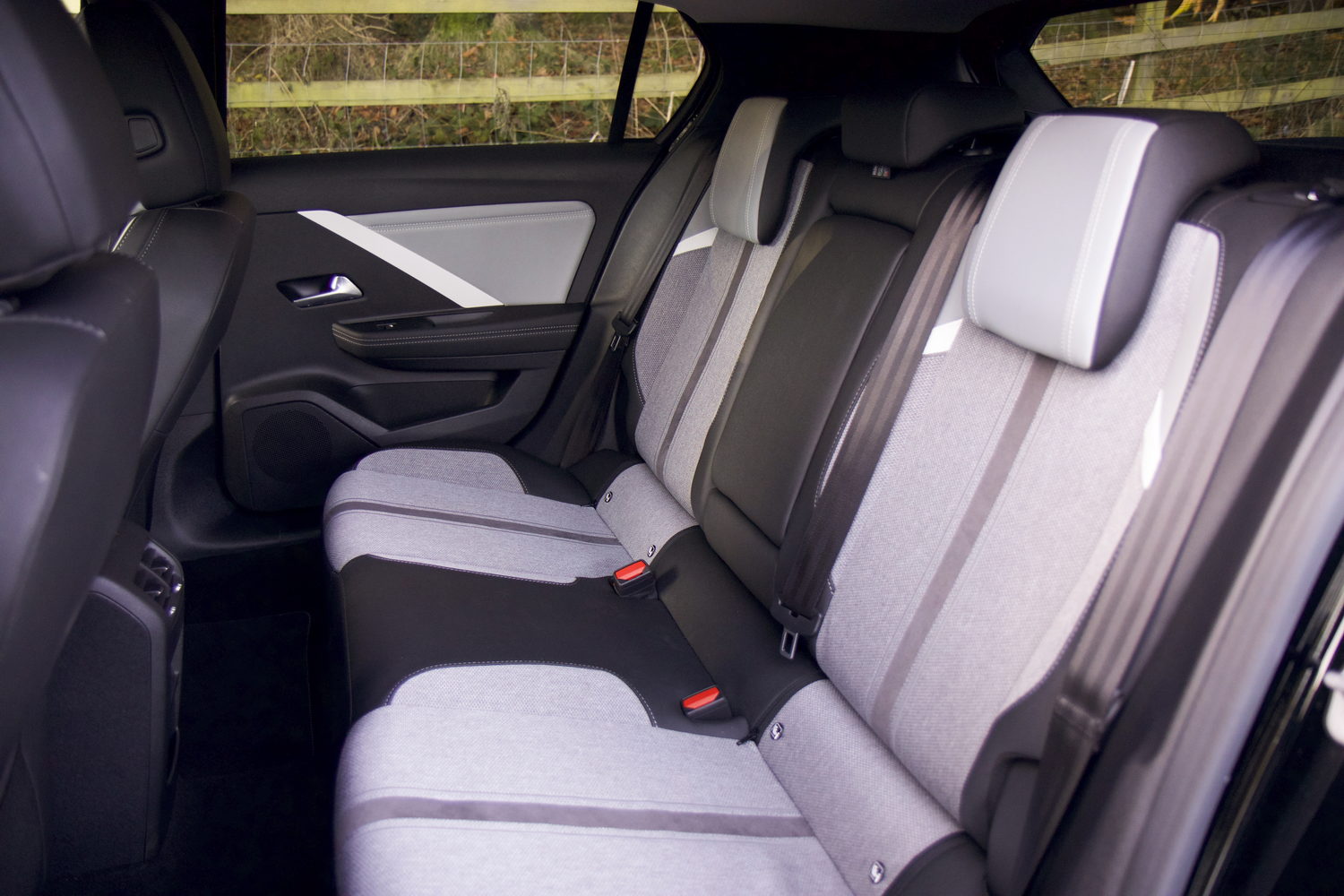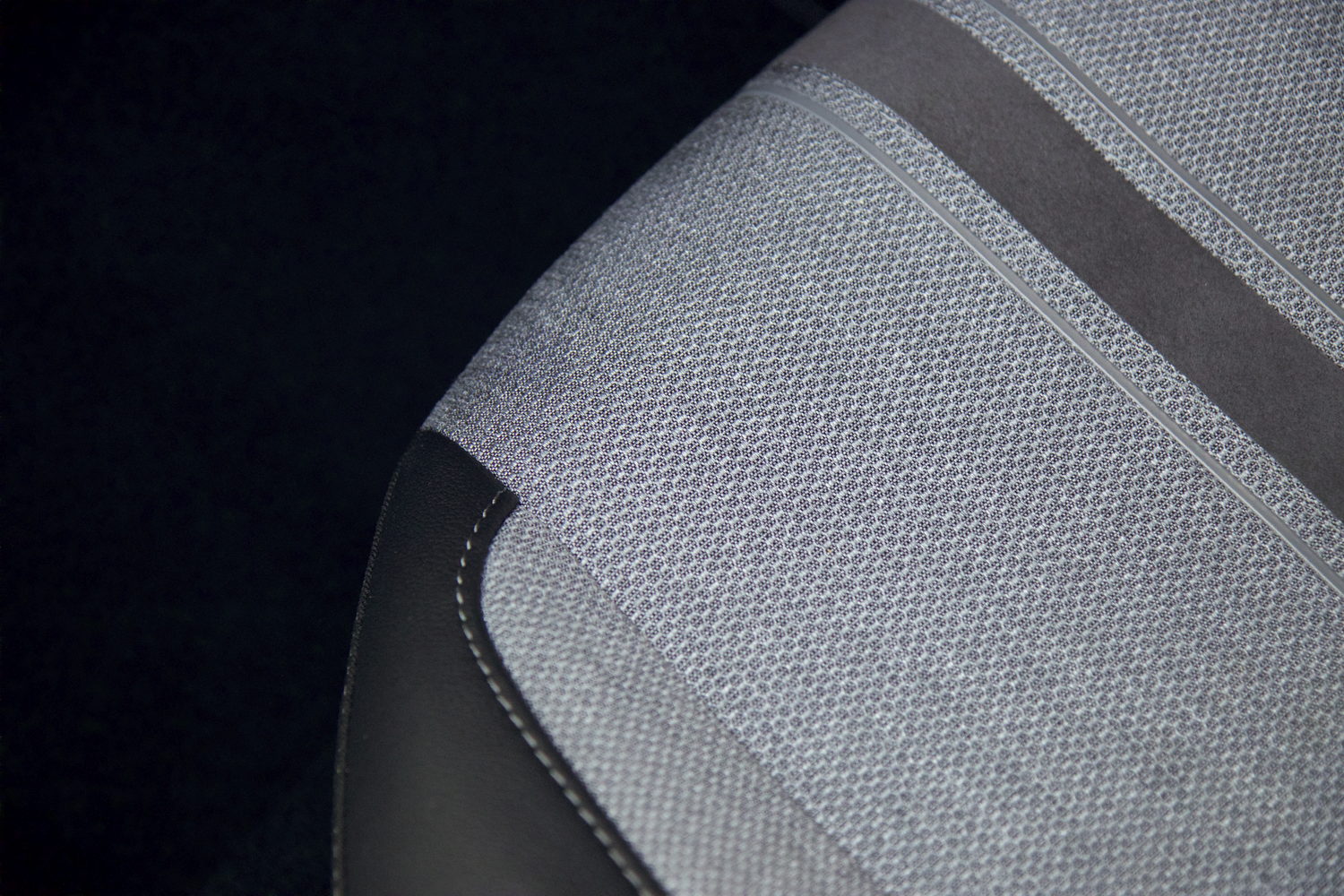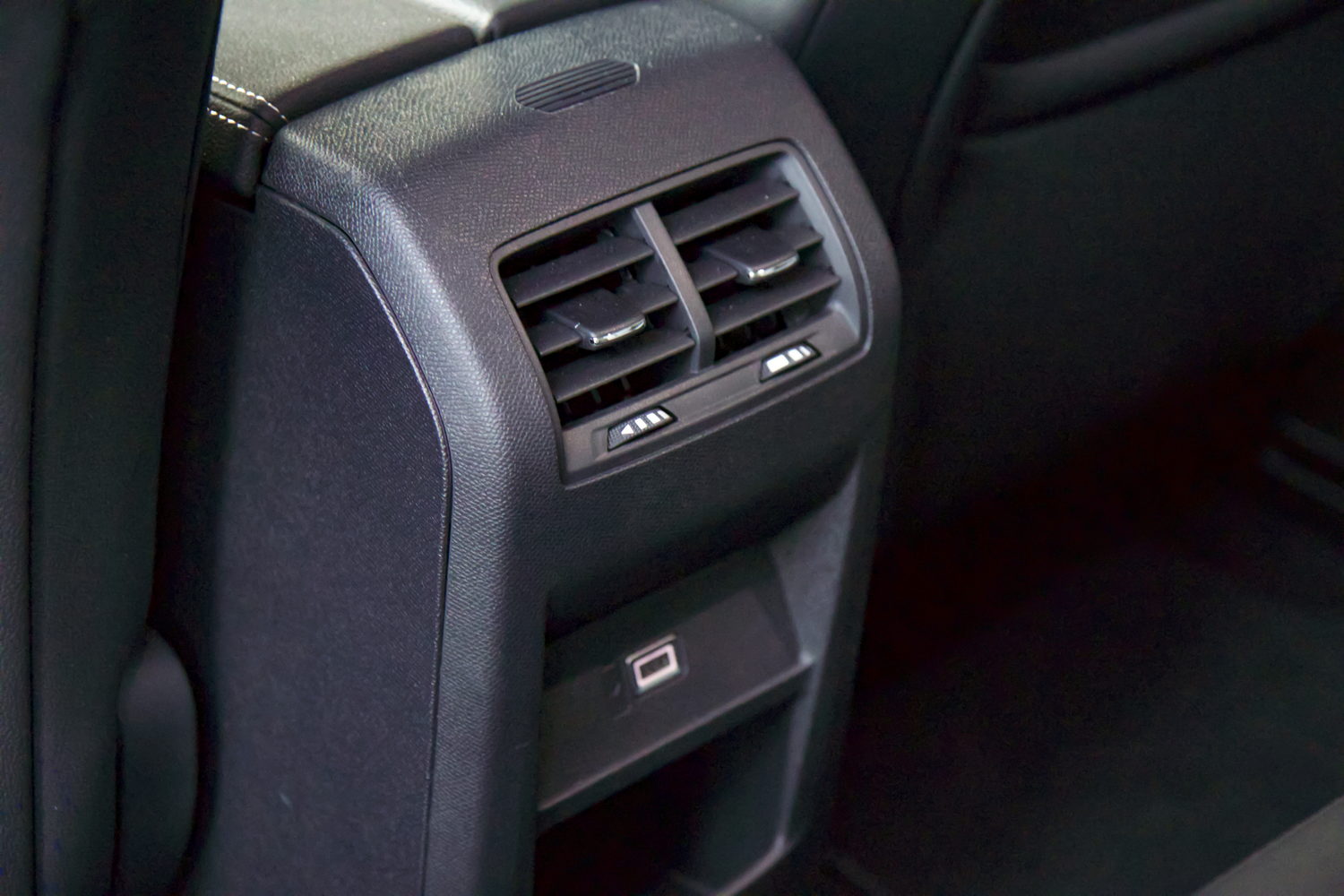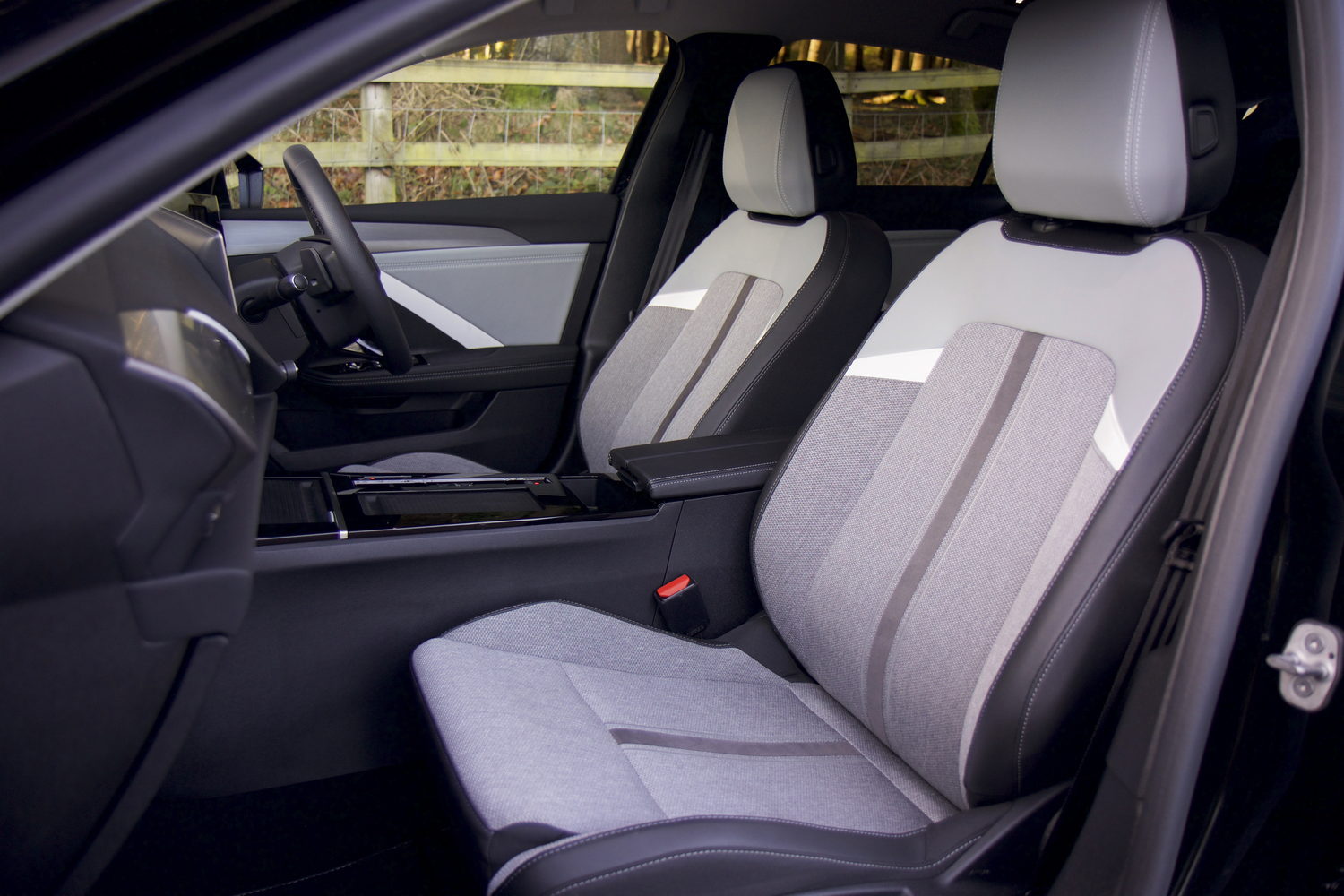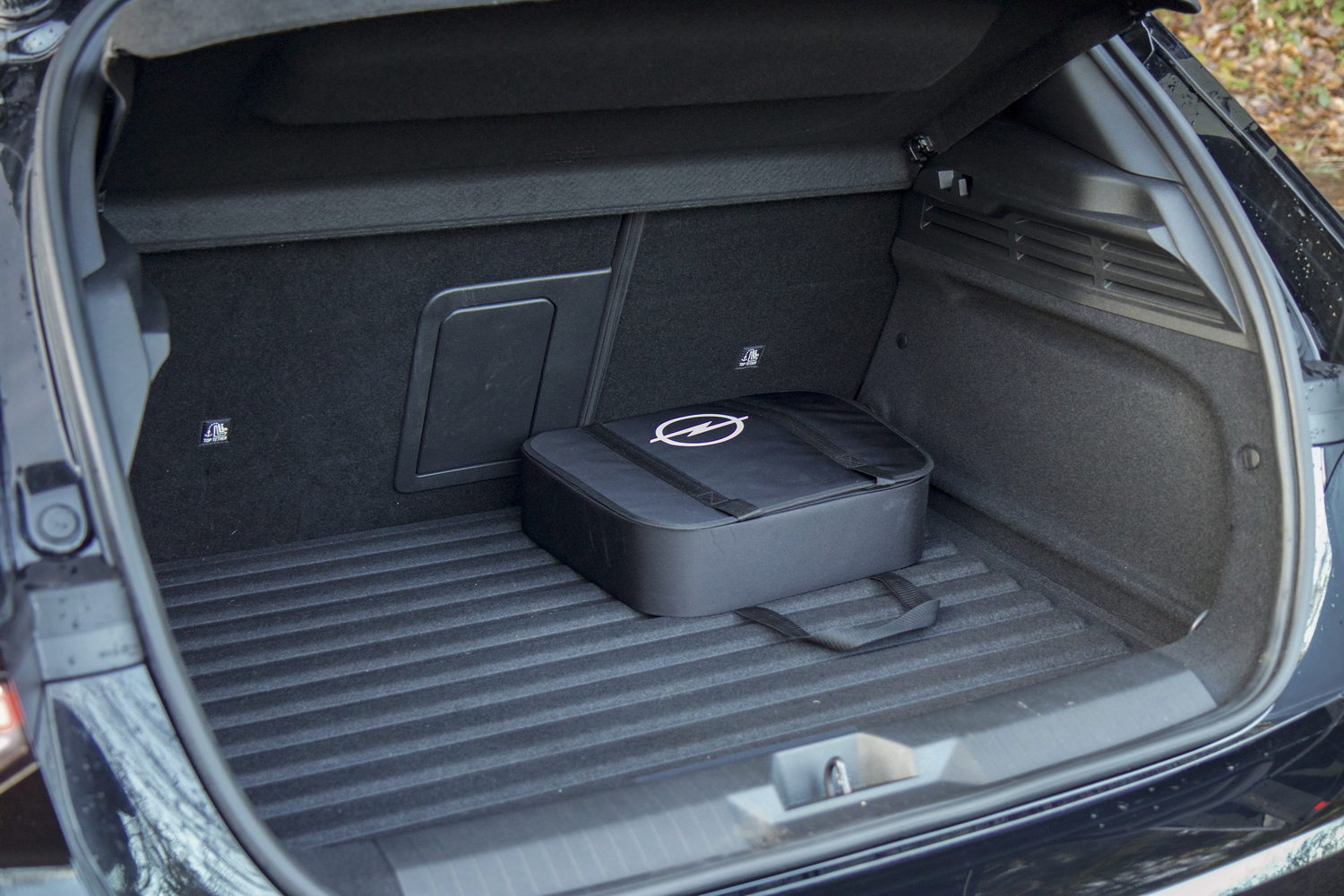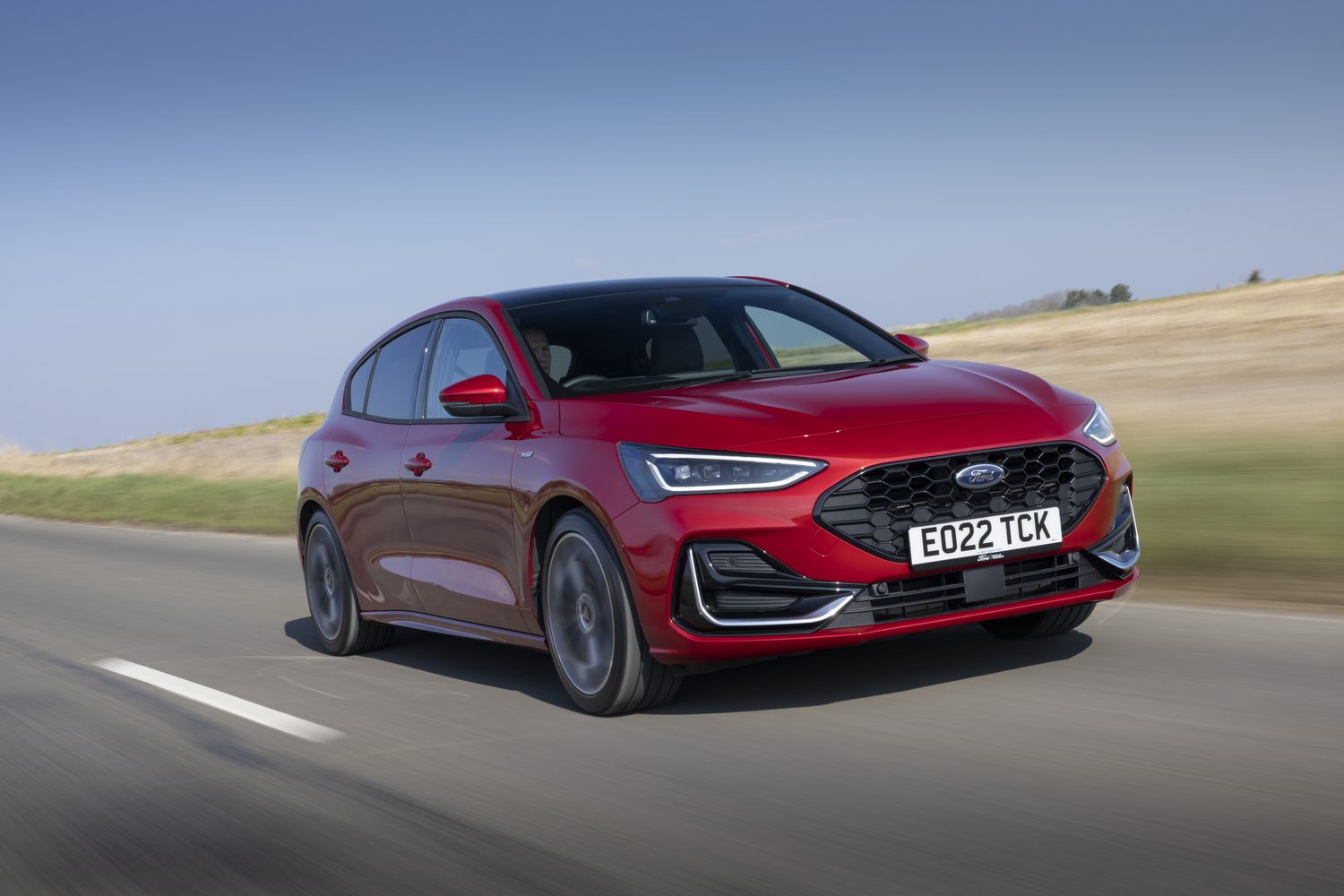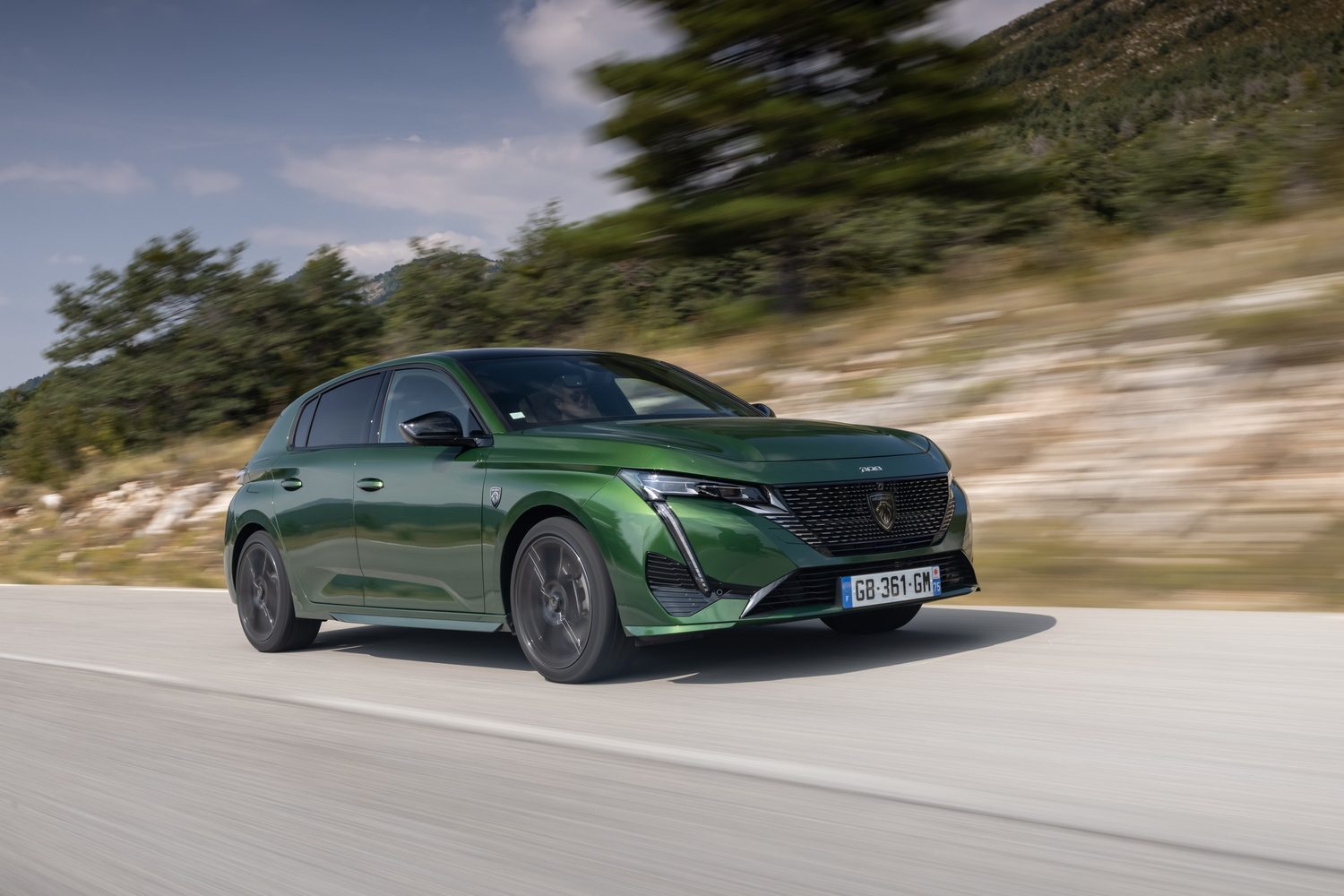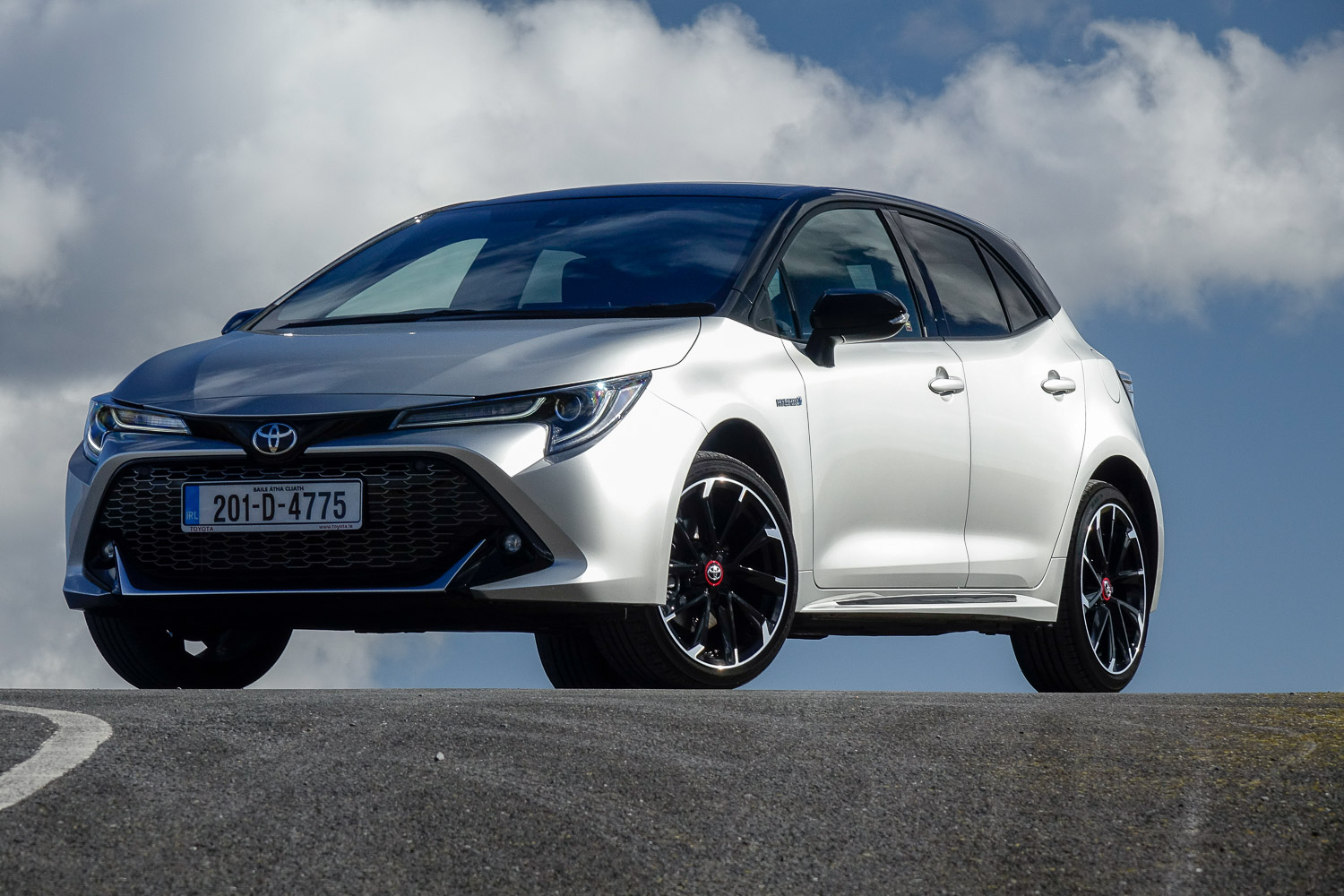Opel Astra overview
The Astra is a pretty good signpost to the future of Opel. It skips around the avant-garde, occasionally polarising styling of its cousins at Peugeot and Citroen in favour of a simpler, cleaner, more obviously Germanic look that seems to strike just the right balance of handsome and familiar.
It's a conventional five-door family hatchback (with an incoming capacious estate model too) that may be in danger of getting a bit lost amid the hordes of crossovers and SUVs, but which offers solid value, equally solid build quality and the promise of a sharper driving experience than its taller cousins and rivals.
To that mix, Opel has now added a plug-in hybrid option, using the same 180hp setup as its relatives the Peugeot 308 and the DS 4. As with all PHEVs, it promises enough electric range for daily commuting, with a petrol engine and fuel tank for longer journeys. The best of all electric and combustion worlds? Let's see...
The Opel Astra model range
The Astra line-up starts with the basic SC model, which comes with either a 110hp version of the 1.2-litre three-cylinder petrol engine, or the 130hp 1.5-litre four-cylinder turbodiesel. Prices for the SC start from €28,695 (for the petrol) or €34,695 (for the diesel).
Speaking of standard, SC equipment includes cruise control with a speed limiter, lane keeping assistance, automatic emergency braking with pedestrian detection, driver attention alert, intelligent speed recognition, a three-spoke steering wheel with leather-wrapped rim, climate control, a ten-inch touchscreen infotainment system, a ten-inch digital instrument panel, wireless Apple CarPlay and Android Auto, 16-inch 'Phantom' alloys, auto high-beam headlights and front and rear parking sensors.
Step up to the SRI models and the starting price is €32,695 and for that you get the 130hp 1.2 petrol engine. You can have the diesel engine in SRI trim for €37,695, or you can add an eight-speed automatic gearbox to the 1.2 petrol for €34,995. The most expensive SRI model is the plug-in hybrid we're testing here, which costs €45,995.
Standard SRI spec includes adaptive cruise control (with traffic stop-start if you've gone for the manual model), keyless entry and start (which also auto-locks the car as you walk away, a very handy feature), a heated steering wheel, dual-zone climate control, power folding door mirrors, heated front seats as well as AGR (the German bad back association) approval for the driver's seat, front seat armrest with a storage box, rear-seat armrest with a ski-hatch, black and red dash trim, alloy pedals, adjustable boot floor, extra USB connectors, an SRI body kit including a 'black pack' for the exterior trim, the 17-inch 'Kadett' alloys, privacy glass, anti-dazzle rear view mirror and parking assistant with a 360-degree camera system.
At the top of the range (until the sporty GSe versions arrive later this year) is the Elite model, which comes with the 1.2 130hp petrol engine in either manual or automatic forms, priced from €34,995 - or €37,995 if you want the auto. There's a diesel Elite for €40,695 or the range-topping 180hp plug-in hybrid for €48,495.
Elite equipment includes more electric adjustment for the driver's seat, with memory function for both front seats and a massage function, Nappa leather upholstery and 18-inch bi-colour alloy wheels.
CO2 emissions start from a low of 24g/km for the PHEV models, rising to 113g/km for the 1.5 diesel and 129g/km for the petrol engine with the automatic gearbox.
The Astra, in spite of coming with a full suite of electronic safety equipment - including lane keep assist, forward collision alert, traffic sign recognition and a driver alert warning - only gets a four-star rating from Euro NCAP, marked down for the lack of a central airbag between the front seats, and only middling head protection in a collision with a pedestrian. That said, testers praised its autonomous emergency braking system for cyclist protection.
Opel Ireland currently has a 3.9 per cent PCP finance offer in place for the Astra, with monthly repayments starting from €322, but check out the Opel Ireland website for the latest finance offers.
The Opel Astra interior
One of the best things about the Astra's interior is just how practical and useful it is. Up front, you get a large storage area with a rolling shutter, just to the left of the automatic gear selector, which is home to the cupholders, and another lidded area just under the centre console, which is home to the wireless phone charger and two USB slots, one of them a USB-C socket. There's also a 12-volt connector in there. Above that, there's a small, but useful, pop-out drawer (released by pressing a switch blended in with a line of chrome trim) that is flock-lined to prevent rattles, so is perfect for stashing keys or loose change.
There's another open storage area just under the driver's left elbow, and under the 'butterfly' front armrest, a shallow - but still useful - storage space. The door bins are also well-sized, and can hold a reasonably large bottle of water at the front end.
In the back, space is more like adequate than generous, with only just enough legroom and headroom for taller teens and adults to get properly comfortable. There is a central rear seatbelt, but the centre seat itself is quite narrow and perched up, so it's not going to be comfortable for anything other than the shortest of journeys. Rear-seat passengers also only get a single USB socket, although their door bins are roomier than what you get in some rival models.
Overall quality levels are good, and front seats are excellent, with terrific levels of comfort and support. The quality is somewhat undermined by the rather plain styling, though, which leaves you feeling a little visually underwhelmed, especially if you've had a chance to sit in the closely mechanically related Peugeot 308.
The twin screens of the all-digital cabin have crisp and clear graphics, but again there's a sense that the design of those screens is a little under-done, leaving you feeling as if more could have been done to give things a visual kick. At least the software on the infotainment screen is a big step up from that offered in other Opel models (such as the dreadful old system still fitted to the Grandland SUV, for example) although we did find that getting wireless Apple CarPlay and Android Auto to connect could be a bit of a hit-and-miss affair. It is good that Opel still fits proper physical controls for such functions as heating and air conditioning and the stereo volume, though. Such niceties make life in the Astra so much easier.
Boot space has been compromised by the PHEV battery, though. It falls from 422 litres for the conventional petrol or diesel models to a rather under-sized 352 litres here. The handsome estate version might be a better bet if you want a hybrid Astra with useful boot space.
The Opel Astra PHEV SRI driving experience
Once the fully-electric version (which promises a 400km range) arrives next year, the Astra will be one of the few cars to offer the full spectrum of powertrains - petrol, diesel, plug-in hybrid and full-electric. It will be very interesting to see how the EV version of the Astra compares in terms of price with this expensive PHEV model, as to be honest the driving experience isn't all that great.
It's at its best in electric mode - which bodes well for the EV model - in which you can go for a theoretical 66km, and a realistic 45-55km depending on the weather and your driving style. In this setting, the Astra PHEV is smooth and easy-going, with enough eagerness from its small electric motor to easily flit and flow through traffic.
However, once you start mixing petrol and electric power, the experience becomes much less satisfying. The Astra seems to struggle to artfully blend the crossover point between electric and petrol power, leaving you with an occasional annoying jolt as the petrol engine kicks in. Added to that is a braking system that doesn't manage the transition from regenerative to mechanical braking with much smoothness, giving you another occasional jolt to deal with. The noise from the 1.6-litre petrol engine is also rather rough-edged, discouraging you from revving it much.
Still, 180hp - hot hatch figures not so long ago - should compensate for that, right? Well, no. The Astra PHEV weighs a chunky 1,600kg - 400kg more than the basic 1.2 petrol version - and so acceleration is somewhat dulled by that heft. Absolutely plant the throttle in the Sport driving mode and the Astra PHEV does gather pace with alacrity, but again the noisy engine puts you off doing so, as will the consequent fuel consumption.
Drive on a long journey with the Astra PHEV and you'll use around 6.4 litres per 100km. This is not exceptionally bad or anything, but it compares poorly with some rival PHEV models. In fact, the bigger, bulkier, roomier Toyota RAV4 PHEV managed 5.4 litres per 100km in the same circumstances. The two cars are in no way direct rivals, but the heftier RAV4 shows what can be achieved. More pertinently, the Astra 1.2 petrol returned a much more wallet-friendly 5.7 litres per 100km on the same test route, so unless the absolute majority of your journeys are less than 50km (and you have a driveway where you can charge up the battery regularly) the petrol-only Astra is a better choice.
The basic Astra is also sweeter to drive. With the extra weight of the PHEV system, the Astra's springs and dampers have to be stiffened up and, while the Astra always feels planted on the road, it's far less fluid through corners and has less steering feedback than the 1.2 petrol model. It rides more firmly too, especially at low speeds around town, so the overall experience is not as slick as it ought to be.
Our verdict on the Opel Astra 1.6 180hp PHEV SRI
The plug-in hybrid system just doesn't suit the Opel Astra, as it takes away the car's slick driving experience. If you have the right driving pattern, and somewhere to charge it, it has the potential to be exceptionally economical, but you might still be better off waiting for the all-electric version.
What do the rest of the team think?
I'd stop short of saying the PHEV setup doesn't suit the Astra, but as Neil points out, it does its best work when driving solely in electric mode. The battery range should suit plenty of drivers' daily commutes so long as they charge it at every opportunity. But it's the price that puts us off, as any potential savings in running costs will take a very long time to become apparent. Waiting for the fully electric model seems the sensible thing to do.
Dave Humphreys - Road Test Editor
I didn't spend a lot of time on the motorway in the Astra, instead pootling around town and over shorter distances than Neil tackled in the car. Hence, I came away thinking it's not bad at all. I really like it when it's running on electric power (which bodes well for the forthcoming electric model of course) and the suspension deals well with poor road surfaces. Sure, the driving controls are a little light, and the brake pedal modulation isn't great, but it's biggest issues is pricing, really.
Shane O' Donoghue - Editor

